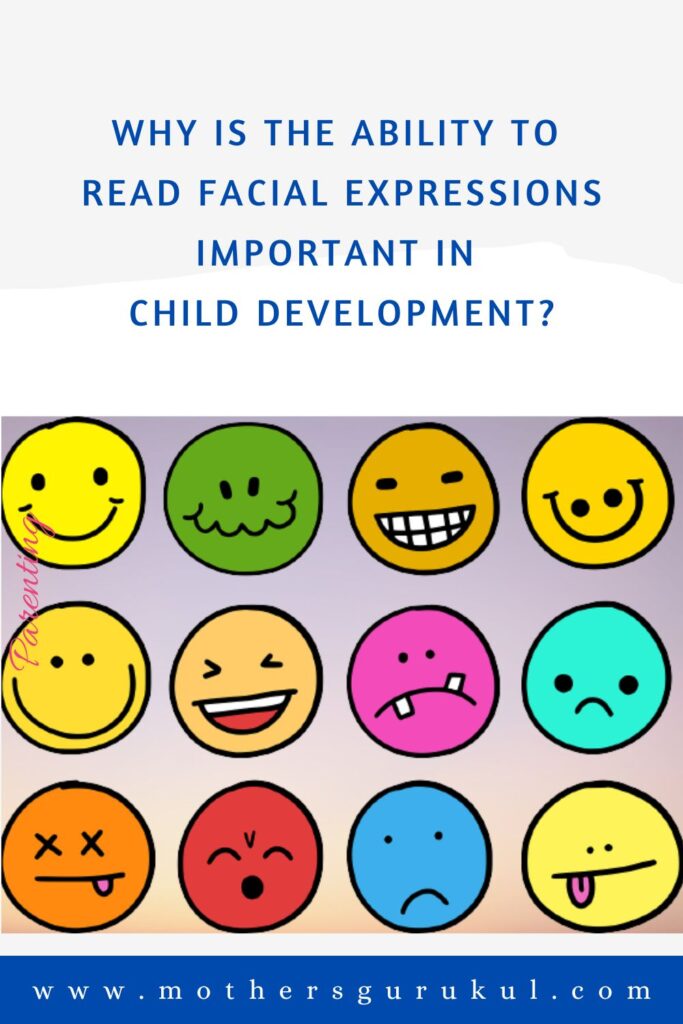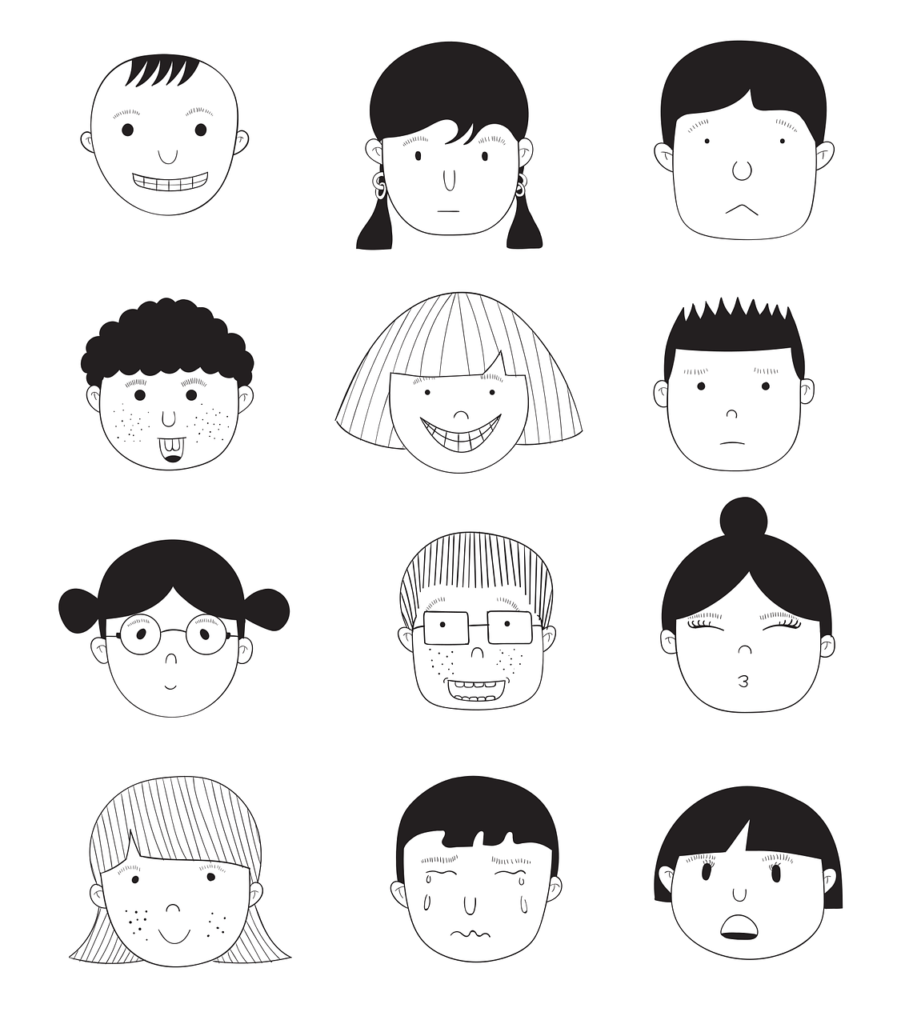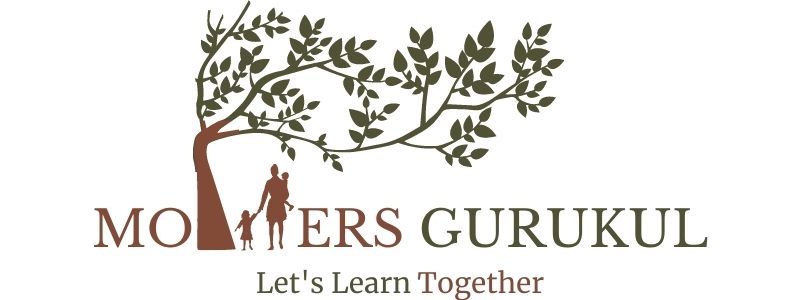Have you ever thought about how we can tell what somebody else is feeling? Sometimes, friends might say they are happy or sad, but we can guess their mood even if they do not tell us. Other than their non-verbal clues, one essential clue is their facial expressions. Our ability to recognize emotions in other people has a significant impact on how well we can get along with others.

Do you know happiness, sadness, and anger were recognized almost as well by the 6-year-old as by the 16-year-old? This tells us that, even as a young child, you were probably quite good at telling when your mom was angry with you just by looking at her face. You must have experienced the same with your kids. Kids smile when we smile or have a soft smile on our faces. But, on the other hand, when they see an upset expression on their parent’s or elder’s faces, they know that something is wrong and they have to play safe. Studies have shown that newborns can differentiate between their mother’s face and the faces of strangers only a few hours after their birth, looking longer at images of their own mothers than at pictures of another woman.
And within a matter of days, they will learn to differentiate between emotional facial expressions, like happy, sad, and surprised faces.
During covid, when almost our entire face was covered with masks except for the eyes, parents and caregivers were concerned about their younger kid’s development. But the research letter published in JAMA Pediatrics suggests that kids recognize emotions as well as they could without masks.
Related article: Little kids can likely read your emotions even when you wear a mask
Why is it important to know how good children are at recognizing facial expressions?
First, it is important to understand how and when this skill develops in childhood.
Second, not all children develop the ability to recognize emotions in a typical way, which can significantly impact how they get along with people.
Teenagers are better (not perfect) at recognizing emotions because of the hormones their body produces during puberty. But scientists have found that changes in how the brain develops during puberty are related to changes in behavior. Brain cells re-organize their connections with each other during this time, and it is possible that, during this reorganization, their ability to recognize emotions gets worse before it starts to improve. That’s why teenagers may over-judge their friends or people, which according to you, is not needed. You will see their ability to recognize facial expressions of anger, and disgust is related to the stage of puberty they were in. Sometimes, kids are very quick to judge their friend’s faces.
Not to mention that texting over calling has also played a significant role in reading expressions. The wide range of emojis we use while sending messages may create confusion.

The good news is we can teach kids to read emotions:
1.Ask them to use context clues along with facial expressions.
2. Ask them to take the help of non-verbal clues like body language, tone, and gestures.
3. Discuss the causes and consequences of specific emotions.
4. Try emoji games.
Reading others’ facial expressions may not seem an important skill, but its absence may create difficulty for kids in getting along with people in social situations.

These days all are dependent on the expressions of the emoji’s rather than the real facial ones 🙂 I completely agree with you that teenagers are more sensitive to recognizing emotions. Loved the emotions craft activity.
Thank you!
We as parents get to understand the emotions and expressions of a child looking at their godly face. So its our responsibility to help them understand the expressions on our faces. This will help them analyze what the other person tries to communicate using a particular facial expression.
Absolutely!!
Isn’t it amazing how even little kids have this natural knack for picking up on emotions? They can read our faces like open books! It’s like they have this built-in radar that detects when we’re happy, sad, or even angry. And you’re right, it’s so important for them to feel that sense of safety and security, knowing they can adapt their behavior based on our expressions.
I loved the word “built-in radar” you have used in the comment Shilpa.